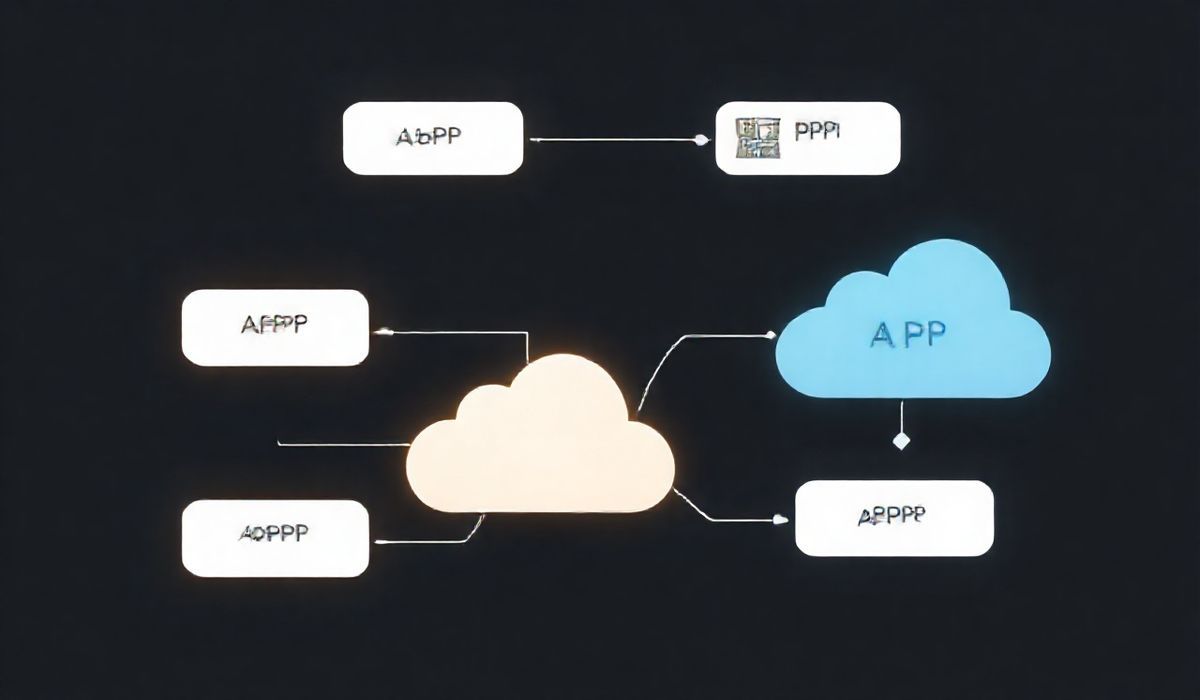Introduction to Kue
Kue is a priority job queue backed by Redis, with a built-in UI, for Node.js. It enables you to manage job queues and supports delayed jobs, retries, and more. In this guide, we’ll cover some of the essential APIs provided by Kue and share practical code examples.
Installation
First, install Kue using npm:
npm install kue
Basic Kue APIs
Creating a Queue
Initialize a redis-backed Kue job queue:
const kue = require('kue');
const queue = kue.createQueue();
Creating a Job
Create a new job in the queue:
const job = queue.create('email', {
title: 'Welcome email for new user',
to: 'user@example.com',
template: 'welcome-email'
}).save((err) => {
if (!err) console.log(job.id);
});
Processing Jobs
Define how jobs of a certain type should be processed:
queue.process('email', (job, done) => {
sendEmail(job.data, done);
});
function sendEmail(data, done) {
// Simulate email sending
console.log('Email sent to:', data.to);
done();
}
Job Events
Subscribe to job-level events:
job.on('complete', (result) => {
console.log('Job complete with result:', result);
}).on('failed', (err) => {
console.log('Job failed with error:', err);
});
Advanced Kue APIs
Delayed Jobs
Create jobs to run in the future:
const delayedJob = queue.create('email', {
title: 'Delayed welcome email',
to: 'delayed-user@example.com',
template: 'welcome-email'
}).delay(3000).save();
Job Priority
Set job priority:
const highPriorityJob = queue.create('email', {
title: 'High priority email',
to: 'priority-user@example.com',
template: 'priority-email'
}).priority('high').save();
Job Retry
Automatic job retries on failure:
const retryJob = queue.create('email', {
title: 'Retry email',
to: 'retry-user@example.com',
template: 'retry-email'
})
.attempts(3)
.backoff({type: 'exponential'})
.save();
Example Application
Here’s a full example of a Node.js application using Kue to manage an email queue:
const kue = require('kue');
const queue = kue.createQueue();
queue.process('email', (job, done) => {
sendEmail(job.data, done);
});
function sendEmail(data, done) {
console.log('Sending email to:', data.to);
setTimeout(() => {
console.log('Email sent successfully to:', data.to);
done();
}, 1000);
}
// Create a new job
const job = queue.create('email', {
title: 'User registration email',
to: 'newuser@example.com',
template: 'registration-email'
}).save((err) => {
if (!err) console.log('Job created with ID:', job.id);
});
// Setup job event listeners
job.on('complete', (result) => {
console.log('Job completed with result:', result);
}).on('failed', (err) => {
console.log('Job failed with error:', err);
}).on('progress', (progress) => {
console.log('Job progress:', progress);
});
And there you have it! A fully functional example of handling job queues using Kue in Node.js.
Hash: 4555a0b49453e7e3eeecc511fac9c38f5d24a31c97d21d77a4fd9da0754965bc




